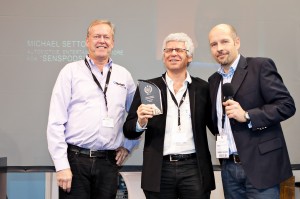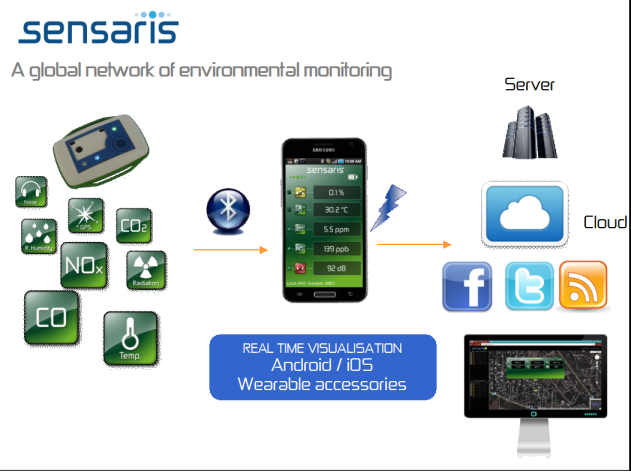Sometimes looking back at forecasts or roadmaps can provide valuable insights and better understanding of the present.
This document was produced by Nokia (back in 2006 !), which even though it has a rocky future ahead still sold 88 million phones in Q2 2011.
(See Original at the bottom of this post).
We will not go into controversial debates regarding the company’s recent strategic decisions, however when looking at their forecasts quite a few developments forecasted have become a reality today…….sometimes timeline was off by a couple of years, other times things happened a bit sooner than they thought. Overall, it seems that back in 2007 the people responsible for imagining what the mobile world would look like 5 years later had a pretty clear vision…… Let us see some predictions right on target, some futuristic and some that may take some time to become a reality.
- Watches, toys and other small battery operated devices will be able talk to mobile phones, thanks to Nokia’s innovative Wibree technology and its incredibly small power consumption
Wibree became Bluetooth Low Energy
________________________________________________________________
- With Smart connectivity your mobile can seamlessly switch between radio connections to give you the best quality, fastest speed and/or cheapest available connection
……except that with Orange I doubt it will ever be possible to get the cheapest available connection (let us not talk about speed).
___________________________________________________________
- Widgets bring a wealth of new applications to get you the information you need to stay up to date with from the Internet
Mobile is the promised land for widgets and social widgets will probably grow quickly as well.
_____________________________________________________________
- Augmented reality Devices that deliver information based on context. “Tell me what that building is”, “bring me the website I was looking at last Friday” or “find me an excellent tune for getting ready to go out” are all commands that can readily be followed
Layar, Metaio, TAB Worldmedia and of course Wikitude Drive are brilliant examples of the power of AR………
______________________________________________________________
- Mobile marketing will expand rapidly, offering businesses a unique opportunity to market products on a one-to-one basis.
Promoted Tweets, Facebook Messages, the list is too long for this posting.
_______________________________________________________________
- GPS enabled social networking on your mobile will soon enable you to track down friends who are nearby
Google Maps Leads the Way in Connected UK Mobile App Usage in June 2011 , applications like Four Square or Tweeps around keep growing….
______________________________________________________________
- Data download speeds increase to tens of Mbits per second with long-term evolution (LTE or 3.9G) cellular technologies
Yep, LTE is getting out there; I think telcos skipped 3.9 G and went directly to 4G…
________________________________________________________________
- Camera resolutions in mobile devices will reach 10MPix, 7x optical zoom and HDTV recording capability
Close : Samsung Galaxy II is at 8 Mpix, iPhone 4 has HD video recording.
_______________________________________________________________
- Devices can be made of materials that disintegrate at the end of life minimizing any impact to the environment
Ahead of time !! We all already have seen plenty of these devices with very short lifespans !! Quality is one of our top priorities, and no we do not intend to provide Senspods that you can plant in the ground so they disintegrate and bloom from flower seeds contained in the protective casing .….
|
| ________________________________________________________________________ |
|
- Integrated health sensors on you and on your mobile will provide diagnosis ‘on-the-go’ and alert you to any health risks, such as an increase in blood-pressure. Your mobile will be able to detect high pollen count areas or any flu virus lurking somewhere near you
Sensaris products and services provide heart rate, blood pressure, glucose, temperature, blood oxygen saturation , lung capacity and a number of new applications are in the pipeline…………..At the moment we have no direct virus but stay tuned………………
________________________________________________________________
Want to get some insight for the next few years ? Start reading articles like the one on Google Think Quaterly Innovation:
http://www.thinkwithgoogle.com/quarterly/innovation/next-gen-innovators.html
We are working with our partners and customers to shape what mobile sensing will look like in 2016.Contact us if you want to keep your competitive edge and be among next gen innovators.
Nokia Roadmap







Recent Comments